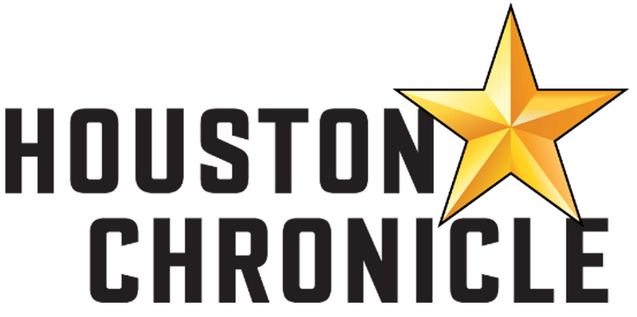
Fund Ratings Flip as 2008 Losses Fade from View
“Low beta funds have seen their Morningstar ratings drop significantly since the tail end of the 2008 financial crisis fell out of the 10-year lookback window used to rate performance. According to research by Markov Processes International, nearly 15% of US equity funds saw their 10-year Morningstar ratings change by at least two stars in the 12 months to the end of April – a 500% increase over the prior year.” Read the full article here. (subscription required)






